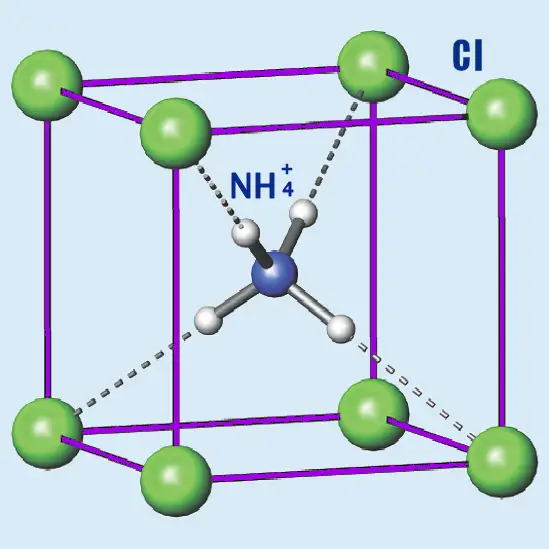
Why is Urea Reabsorbed?
Having a chemical formula of (NH2)2CO, urea is one organic compound that is primarily made up of two amine groups with a functional carbonyl group attached to it. It is a solid, odorless and colorless substance that is found to be non-toxic and highly soluble in water. It was first discovered by a French chemist named Hilaire Rouelle in 1773, as one of the components of urine. Later in 1828, the compound was extracted by Friedrich Wöhler, a German chemist who used ammonium chloride in obtaining urea from silver isocyanate. Today, urea is found to have a significant role in metabolizing nitrogen containing compounds. Urea is also used as an effective fertilizer due to its rich nitrogen compound that aids in enriching growth of various vegetations.
In humans, the physiology of urea has found to be important in maintaining bodily functions, especially the kidneys. As a vital part in human metabolism, urea serves a carrier of the nitrogenous wastes that the body produces, which must be excreted. Another important role of urea in the human body is maintaining the concurrent exchange system of the basic structural and functional unit of the kidney called nephrons. This function of the kidney permits reabsorption of urea. In this light, as the substance is being reabsorbed along the inner medullary collecting ducts of the nephrons, specific mechanisms occur such that water will also be absorbed. This intrinsic process is part of the regulatory mechanisms of the body to maintain and sustain the body’s vital functions. The reabsorption of urea is important as it prevents loss of water, maintains blood pressure at normal levels and ensures sustainable levels of sodium ions in the blood.
Complicated as it may seem but urea is one vital substance that is needed by the body.












Leave a Reply